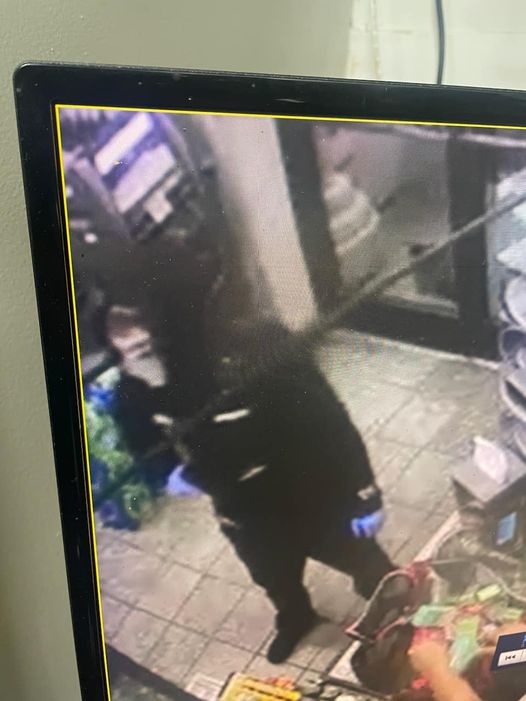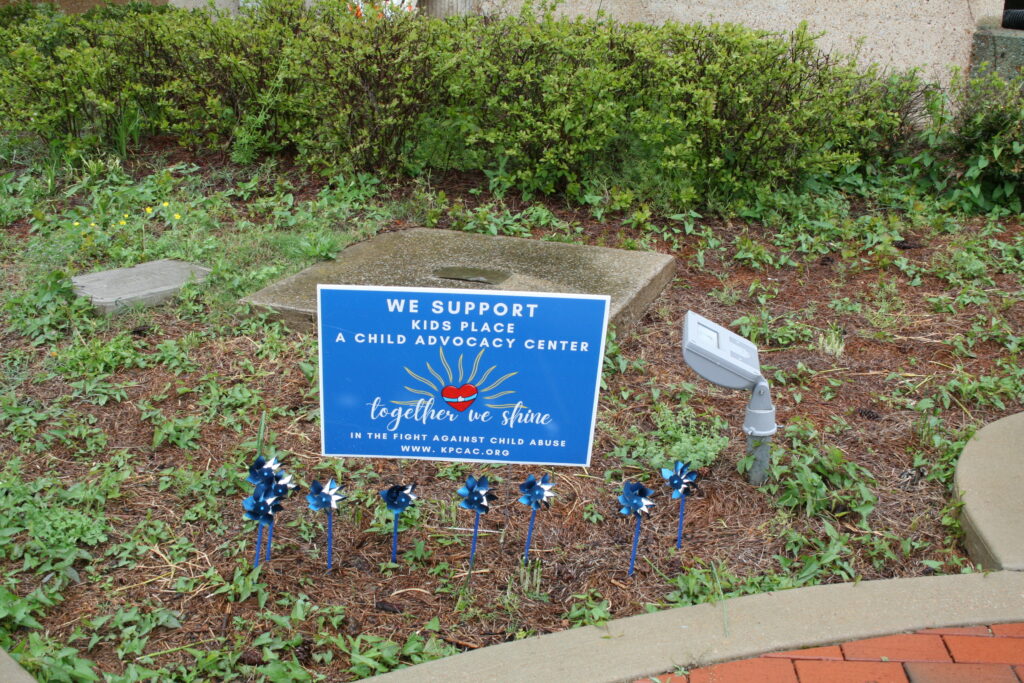School is back in session, so many parents are packing school lunches. When packing school lunches, it is important to keep health and safety in mind. Below are some tips for making lunches healthy, safe and enjoyable for your child.
•Ask them about their lunch favorites. Ask for their help to make a grocery list and to help with the shopping. Do they prefer a peanut butter and jelly sandwich, fruit and cheese wrap or leftover pizza? Use this opportunity to teach them how to select a balanced lunch from food items you purchased or prepared together.
•Vary the menu and choose foods from all of the food groups. Consider using whole wheat bread, pita or bagels for sandwiches, pack fresh fruit and vegetables in season, and include low-fat dairy products like yogurt or pudding.
•Consider purchasing milk from school.
•Involve your child in preparing their lunch. The night before they can help make a sandwich or wash a piece of fruit. This provides a great opportunity to talk about eating healthy foods and basic food safety.
It is also very important to keep food safety in mind when packing school lunches. Perishable foods must be kept cold or hot until lunchtime because bacteria can multiply rapidly when food is within the temperature danger zone of 40- and 140-degrees F. If the lunch cannot be kept cold or hot, choose foods that can be kept safely at room temperature.
Bacteria do not grow in foods that are high in acid or low in moisture. Foods that can safely be left at room temperature for 4-6 hours include: nuts and peanut butter; bread, cookies, crackers, and cake; jam or honey; dry cereal; fresh, cooked, or dry fruit; pickles, mustard, and ketchup; dry or hard cheeses; dried sausages, such as salami, pepperoni, and jerky; canned foods (until opened).
These potentially unsafe foods are perishable and must be handled properly to keep bacteria from growing: meat, fish, and poultry; sandwiches and salads which contain meat, fish, or poultry; cooked vegetables; cooked cereals, rice, and beans; milk and milk products; dressings and gravies; processed meats (deli meat, hot dogs, etc.).
To keep your packed lunches cold, use an insulated, soft-sided lunch box or bag. Pack the lunch with at least two sources of ice like ice packs or even ice cubes in a plastic bag. Also, be sure to pack just the amount of perishable food that can be eaten at lunchtime so there won’t be a problem about storing leftovers safely. If packing hot lunches, be sure to keep them hot by using insulated containers. Before filling the containers, fill them with boiling water, let stand for a few minutes, empty, then put in the piping hot food. Keep the containers closed until lunchtime to keep the food hot. It should remain at 140 degrees F or higher in order to stay out of the temperature danger zone.
Hope everyone has a great and safe school year!







